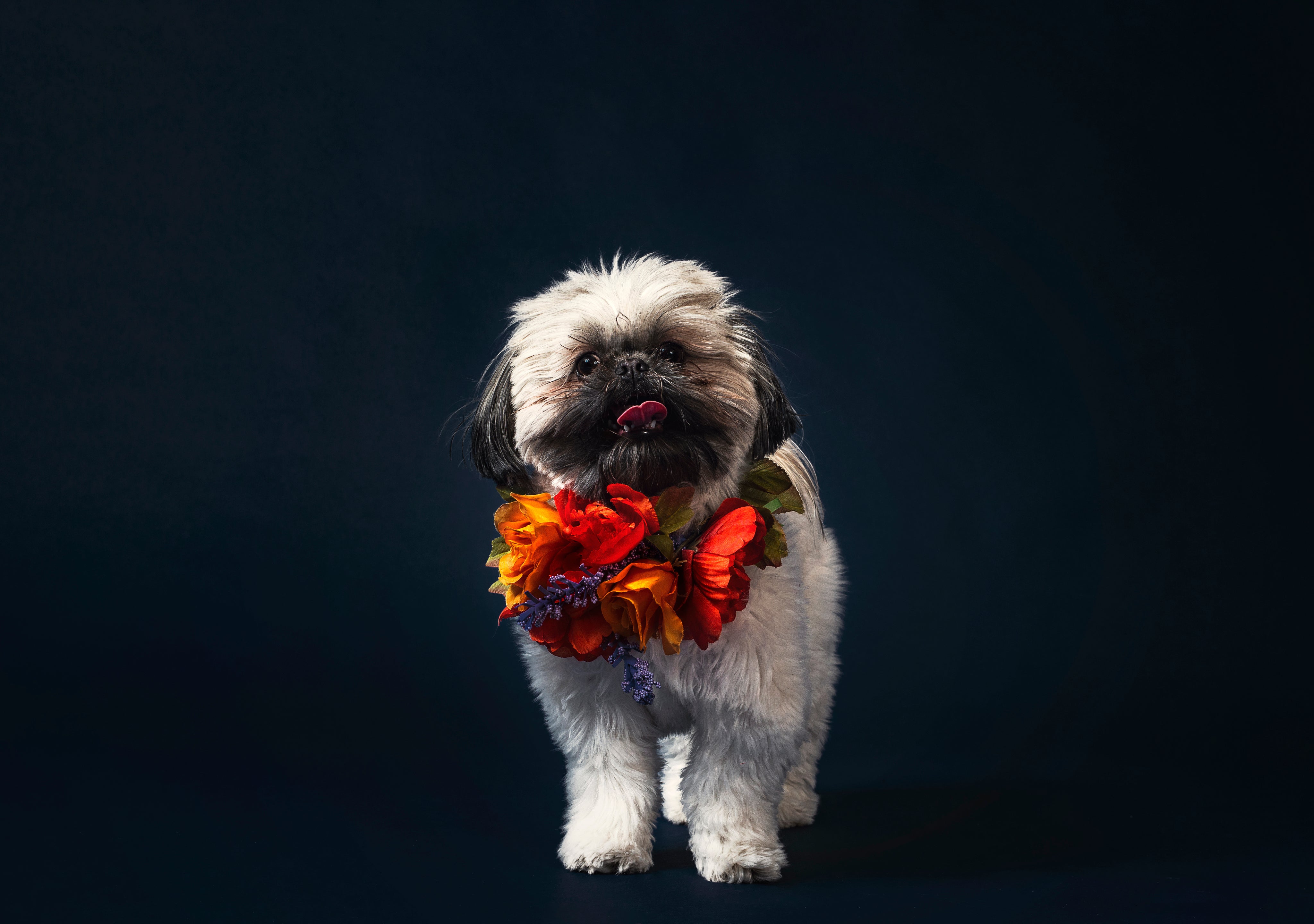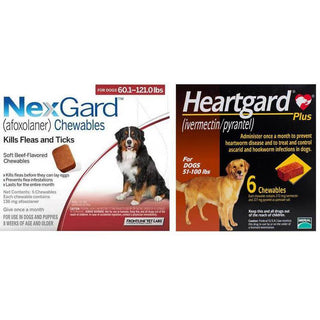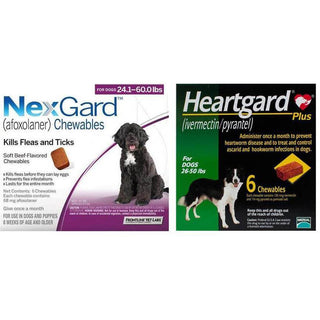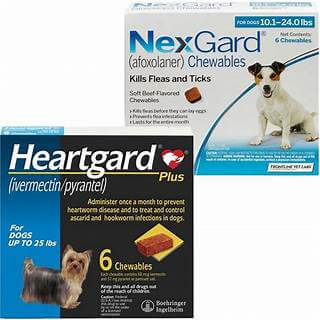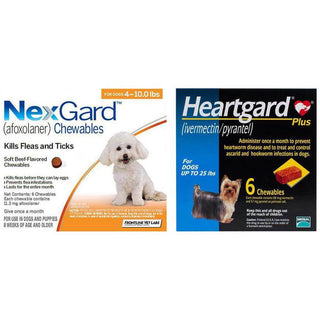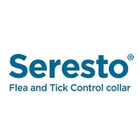
Proper hydration is essential for your cat’s overall health. While water is the primary source of hydration, the type of food you give your cat also plays a significant role in hydration. Many cat owners wonder: Does wet food keep cats more hydrated than dry food? And which one is better for long-term health?
In this guide, we’ll break down the differences between wet and dry cat food, how each affects hydration, and how to choose the right one for your feline friend.
Why Hydration Matters for Cats
Cats have a naturally low thirst drive. Unlike dogs, they don't drink water frequently, especially if they are on a dry food diet. This behavior stems from their desert-dwelling ancestors, who relied on the moisture content of prey to stay hydrated.
Insufficient hydration in cats can lead to health issues such as:
- Urinary tract infections (UTIs)
- Kidney disease
- Bladder stones or crystals
- Constipation
That’s why it's crucial to ensure your cat gets enough water, either through drinking or through the food they eat.
Moisture Content: Wet Food vs. Dry Food
The most significant difference between wet and dry cat food is the moisture content.
Food Type Approx. Moisture Content
Wet Food 70% – 85%
Dry Food 5% – 10%
This means wet food provides significantly more water, which can help maintain your cat’s hydration levels, especially if they’re not big drinkers.
Benefits of Wet Cat Food for Hydration
Supports Kidney and Urinary Health
Thanks to its high moisture content, wet food supports flushing out toxins and diluting minerals that might otherwise lead to crystal or stone formation in your cat’s urinary tract.
Ideal for Senior Cats
Older cats often experience a decrease in thirst and may be prone to kidney issues. Wet food makes it easier for them to stay hydrated.
Better for Cats with Medical Conditions
Cats prone to urinary tract infections or kidney problems benefit significantly from the extra moisture in wet food.
Encourages Natural Eating Behavior
Wet food more closely mimics the natural prey of cats—soft, moist, and protein-rich.
Benefits of Dry Cat Food
Longer Shelf Life
Dry cat food has a longer shelf life and doesn’t spoil quickly, making it a practical option for free-feeding and for pet owners with hectic routines.
More Economical
Dry kibble is usually more affordable and available in bulk sizes.
Supports Dental Health (to an extent)
Some dry foods are designed to reduce plaque and tartar buildup, although this benefit is minimal compared to proper dental care.
Easier to Store and Feed
Dry food is easier to scoop, measure, and store than wet food, which needs refrigeration once opened.
Which One Keeps Your Cat More Hydrated?
Wet food is the clear winner when it comes to hydration.
If your cat primarily eats dry food and doesn’t drink much water, they may be at a higher risk for dehydration-related problems. Wet food, on the other hand, contributes significantly to your cat’s daily fluid intake.
Can You Mix Wet and Dry Food?
Yes! Many cat owners choose to combine both dry and wet food to enjoy the benefits of both:
- Dry food for convenience and affordability
- Wet food for added hydration and flavor variety
Be sure to adjust the serving sizes accordingly to prevent overfeeding your cat.
Tips to Keep Your Cat Hydrated
Whether you feed wet, dry, or both, here are a few extra ways to boost your cat’s hydration:
- Provide fresh, clean water at all times
- Use a cat water fountain – Cats are often drawn to running water
- Place multiple water bowls around the house
- Mixing a little water or low-sodium broth with dry kibble can help boost your cat’s moisture intake and support better hydration.
- Serve wet food at room temperature to make it more appealing
When to Talk to Your Vet
If your cat shows signs of dehydration—such as lethargy, dry gums, poor skin elasticity, or a decrease in urination—consult your vet immediately. Cats with chronic kidney issues or urinary problems may require a special diet or increased fluid intake.
Conclusion: The Verdict on Wet vs. Dry Food for Cat Hydration
When it comes to hydration, wet cat food is better. Its high moisture content supports kidney and urinary health, helping cats stay hydrated without relying solely on drinking water. However, dry food has its place for convenience and affordability.
The best option? Choose a feeding plan that suits your cat’s needs and your lifestyle. For many, a combination of wet and dry food is effective, as it provides proper nutrition and hydration.

